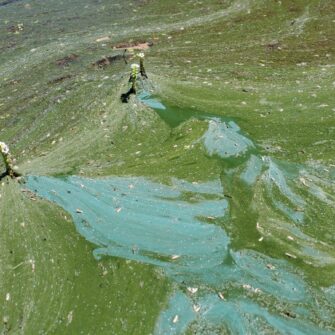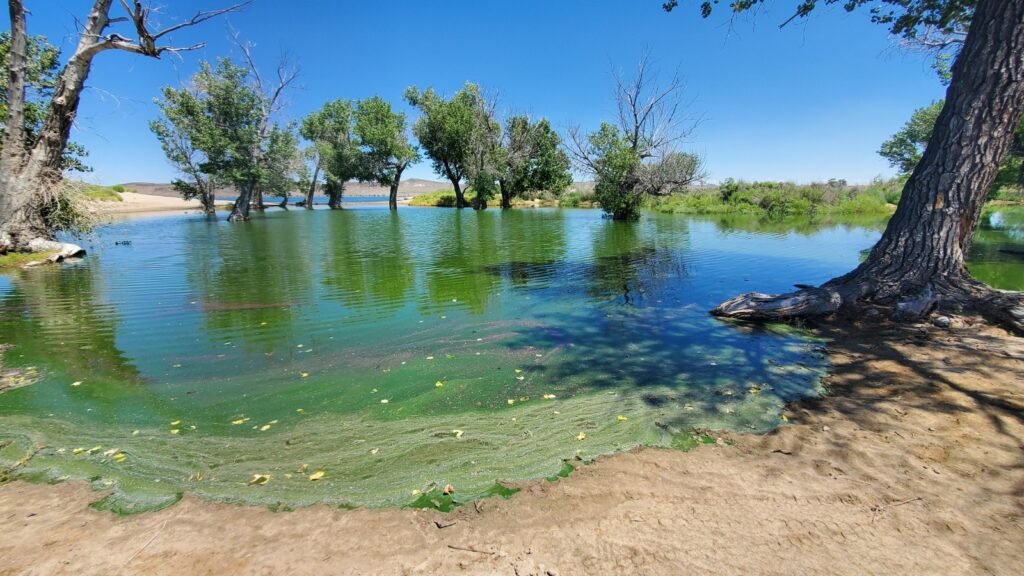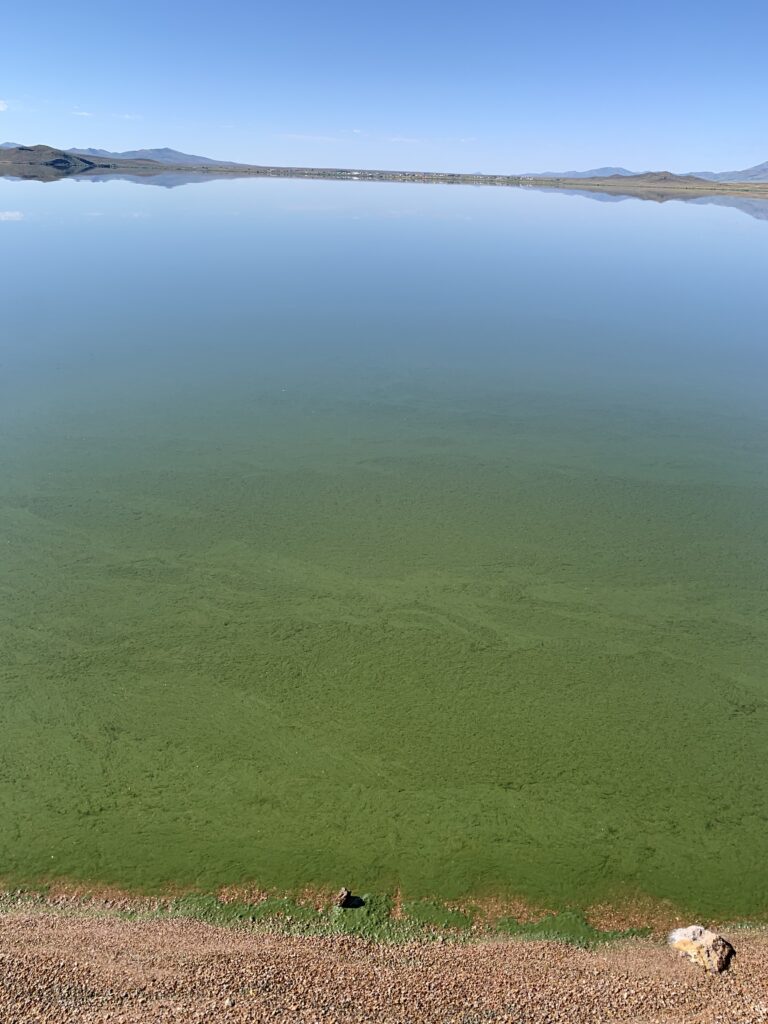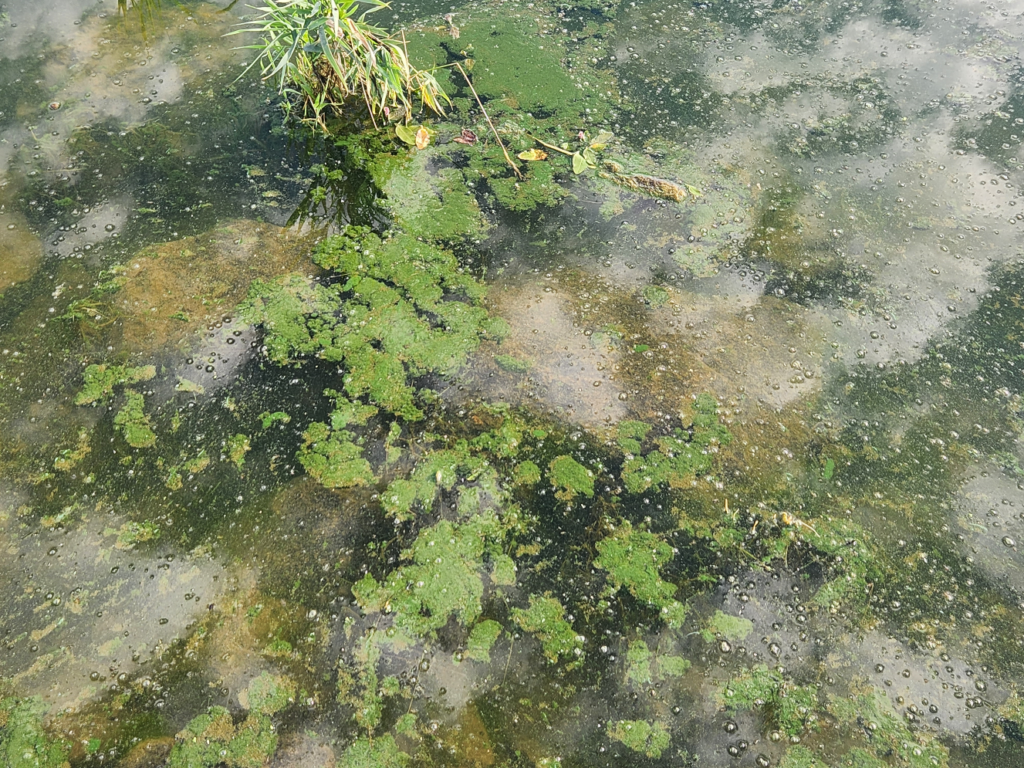
Harmful Algal Bloom Reports in Nevada – 2023
With warmer weather and abundance of water, we may be seeing an increase of possible Harmful Algal Blooms (HABs). Harmful algae can produce toxins that hurt people, animals, and the environment. There have been two reports of HABs this summer.
Washoe Lake
- There has been a report of a possible HAB at Washoe Lake, south of Reno. The public, including pets, are advised not to swim or enter the water at Big or Little Washoe Lake
- Suspected HAB at Washoe Lake- June 2023:

Lahontan Reservoir
- There has been a report of a possible HAB at Lahontan Reservoir. The public, including pets, are advised not to swim or enter the water.
- Suspected HAB at Lahontan Reservoir- July 2023:

Wild Horse Reservoir
- There has been a report of a possible HAB at Wild Horse Reservoir. The public, including pets, are advised not to swim or enter the water.
- Suspected HAB at Lahontan Reservoir- August 2023:

South Fork Reservoir
- There has been a report of a possible HAB at South Fork Reservoir. The public, including pets, are advised not to swim or enter the water.
- Suspected HAB at Lahontan Reservoir- August 2023:

Signs that there may be an HAB in the water:
- The water smells rotten
- The water looks like pain
- Large mats or scums are floating on surface
- There are bright colors like blue, green, white, brown or red
The Nevada Division of Public and Behavioral Health (DPBH) is working with Nevada Division of Environmental Protection, Nevada State Parks and the Nevada Department of Wildlife to ensure the health and safety of Nevadans and their pets who may visit locations where a Harmful Algal Bloom (HAB) has occurred.
If a HAB is suspected, individuals should take the following precautions:
- Do not allow pets to play in or drink water during a bloom
- Do not swim or play in water with a bloom
- Do not drink, cook with or wash dishes with affected water
People exposed through direct skin contact, ingestion or inhalation may experience irritation of the skin, eyes, nose, throat, and/or respiratory tract. Symptoms to look for include:
- Rashes, hives, or blisters
- Runny nose, sore throat, asthma, or allergic-like reactions
People exposed through ingesting cyanotoxins may experience:
- Abdominal pain
- Headache
- Neurological symptoms
- Vomiting
- Diarrhea
- Liver damage and/or kidney damage
For more information and tips about HABs visit Environmental Health | The Office of State Epidemiology. Individuals who believe they may be experiencing symptoms of exposure to algal toxins should contact their local health care provider or contact the Poison Control Center: 1-800-222-1222.
Back to All